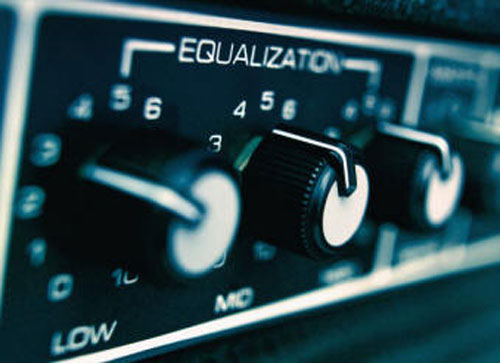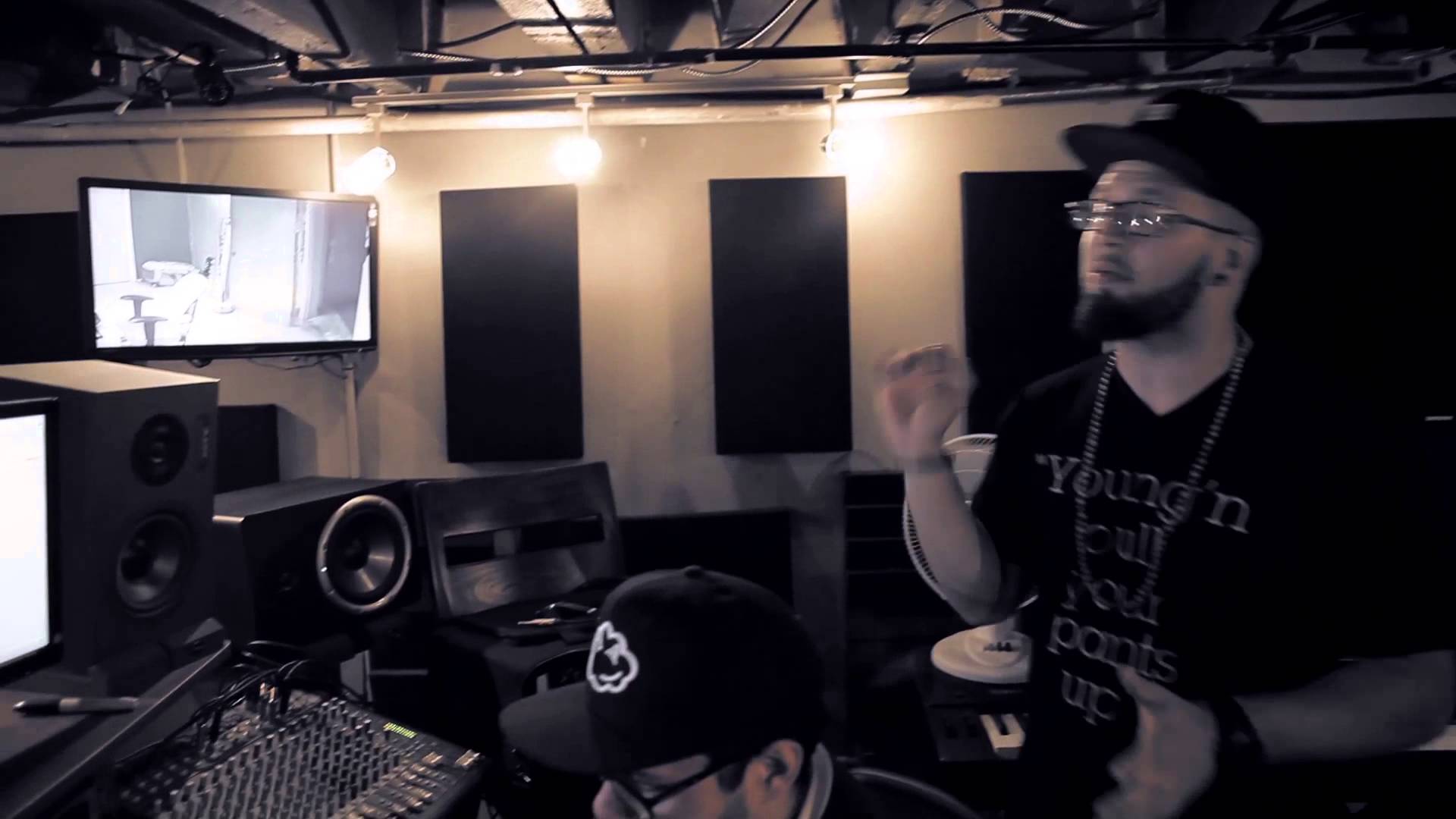Now, lets discuss the all-important 808. The biggest mistake I see and hear in 808 heavy music is…too much bass! Now there are many different types of 808’s online that you can download off the net that all have different characters, but typically, these 808’s are already heavy compression and processed and adding more bass is just going to muddy it up. What you should do is CUT the bass out of other instruments that are competing for space with the 808. For example, if you have horns and 808s playing, the bottom end of the horns are going to compete with the 808. Instead of boosting the bottom of the 808, it would be much wiser to cut the bottom out of the horn tracks. This accomplishes two things. One, it makes room for the 808 to cut through the mix and two, it also gives you head room in the mix to do additional signal processing on the master buss. Also, I love to use harmonic exciters on 808s as well, to allow them to cut through the mix without sounding unnatural. Trust me, there is much more to an 808 than just bass. There is a LOT of harmonic content that you’re hearing on your favorite records.
Snares – I like to make sure they have two main elements: weight and presence. Here is where I like to boost around 150 Hz – 200 Hz. Why? Remember a few paragraphs up when we cut that out of the kick? Now you actually have room in that area to boost other instruments. Remember, a sound is like a frequency puzzle, except you actually can decide how to cut the pieces to make them all fit. For top end, I like to boost between 3K – 6K for punch, and around 14K for air. Again, this is not a hard-set rule, however it is a good starting place when mixing snares. From here, it is sent to the same drum buss as everything else and will get additional processing along with everything else.
Hi-hats are”easy” in the sense that they are almost all high-end frequency content. This doesn’t mean that you can’t mess them up in a mix. Trust me, this is where amateur engineers make the mistake and apply way too much processing on them, and it starts to hurt your ears when you turn the music up loud. I pretty much put a HPF (High Pass Filter) on them up to 200 Hz to clear up space for bass heavy instruments. After that is done, I typically brighten it up around 8K just to make it sit on top of the mix and then use the fader to bring it back in the mix so it isn’t piercing anyone’s ears when they blast it in the car. I typically turn the music up way loud while doing this to make sure I am good when its turned up. (Yes, I like my Hi-hats to get “Turnt Up!”)


![Oscar Urbina – Raw [Produced by Aktiv Beats] (Beat Teaser)](https://www.jamthehype.com/wp-content/uploads/2014/05/RAW-05-22-14.jpg)


![Lecrae – All I Need Is You [Behind the Scenes – Produced by COBRA]](https://www.jamthehype.com/wp-content/uploads/2014/08/Lecrae-All-I-Need-Is-You-Behind-the-Scenes-produced-by-COBRA.jpg)